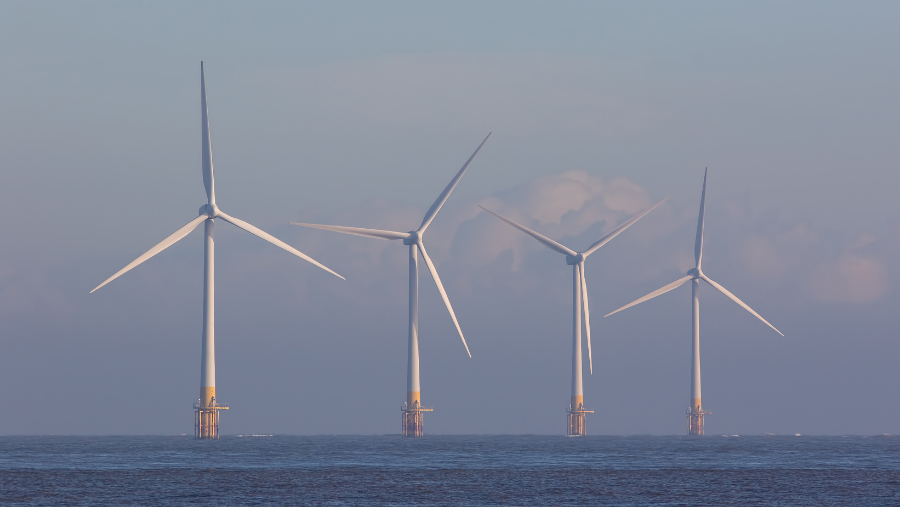In a global context where the fight against climate change is increasingly crucial, the UK has decided to lead by example. Under the leadership of Keir Starmer, the country is revitalizing its commitment to the environment, placing wind energy at the center of its strategy.
Ambitious Goals and Current Challenges
The British government has announced a series of ambitious policies to increase the country’s wind energy capacity. These measures include the construction of new wind farms both onshore and offshore, as well as the modernization of existing infrastructure. These initiatives aim not only to reduce carbon emissions but also to create thousands of green jobs and stimulate the local economy.
A key component of this plan is the investment in advanced technology to improve the efficiency and capacity of wind turbines. Additionally, collaborations with private companies and research centers are being established to foster innovation in the sector.
Economic and Environmental Impact
The policies announced by the British government promise multiple benefits. Firstly, a significant reduction in greenhouse gas emissions is expected, contributing notably to climate change mitigation. Moreover, the expansion of wind energy will diversify the UK’s energy matrix, reducing dependence on fossil fuels and enhancing energy security.
From an economic perspective, the creation of jobs in the renewable energy sector is crucial. It is anticipated that thousands of new jobs will be generated in the construction, maintenance, and operation of wind farms. This will not only benefit local communities but also drive national economic growth.
Immediate Actions and Recommendations
To ensure the success of these policies, it is essential for the British government to take immediate and effective measures. Some recommended actions include:
- Applying the Superior Public Interest: Accelerating the permitting processes for wind energy infrastructure.
- Managing Connection Queues: Abandoning the “first come, first served” principle and adopting prioritization criteria for wind energy projects.
- Efficient Planning: Aligning the objectives of wind energy expansion with national energy and climate plans.
Conclusion
The UK’s renewed commitment to wind energy is an inspiring example of how countries can effectively address climate change. By investing in clean and sustainable technologies, the UK is not only protecting the environment but also ensuring a prosperous future for its citizens. Other countries should consider following this example and adopting similar policies to tackle the global challenges of climate change.
